Understanding the Strategic Importance of DC Coupled Units in Modern Energy Systems
The global energy landscape is undergoing a profound transformation, driven by an urgent need for enhanced efficiency, grid stability, and the pervasive integration of renewable energy sources. Within this paradigm shift, the DC Coupled Unit emerges as a pivotal technology, representing a significant leap forward in energy storage and management. Unlike traditional AC-coupled systems that convert DC power from solar panels to AC, then back to DC for battery storage, DC-coupled architectures connect directly, minimizing conversion losses and enhancing overall system efficiency. This direct integration is particularly advantageous for applications requiring high energy autonomy, such as remote industrial sites, critical infrastructure, and large-scale commercial facilities. The increasing volatility of energy prices and growing environmental regulations further underscore the compelling business case for investing in advanced DC-coupled solutions. Furthermore, the inherent modularity and scalability of these units allow for flexible deployment, adapting seamlessly to varying power demands and future expansion requirements. As industries ranging from petrochemicals to telecommunications seek to optimize their energy consumption and reduce operational expenditure, the adoption of DC Coupled Units is not merely a technological upgrade but a strategic imperative for long-term sustainability and competitive advantage. The ability to integrate multiple DC sources, including solar PV and battery storage, into a cohesive, optimized system provides unparalleled control over energy flow and power quality, essential for critical industrial processes.
Precision Engineering: The Manufacturing Process of a DC Coupled Unit
The production of a DC Coupled Unit is a testament to sophisticated engineering and rigorous quality control, ensuring its robust performance and extended operational lifespan in demanding industrial environments. The manufacturing process commences with the meticulous selection of high-grade materials, including specialized alloys for casings to ensure optimal heat dissipation and corrosion resistance, and high-purity copper for windings to minimize electrical losses. Key components, such as power converters and microcontrollers, are sourced from certified suppliers, adhering strictly to global standards like ISO 9001 for quality management and ISO 14001 for environmental responsibility. The fabrication process involves advanced techniques such as precision CNC machining for enclosure parts, ensuring exact tolerances and structural integrity. Critical elements like semiconductor devices undergo automated surface-mount technology (SMT) assembly in cleanroom environments to prevent contamination. Prior to final assembly, each subsystem, including the Maximum Power Point Tracking (MPPT) converters and battery management interfaces, undergoes individual functional testing, simulating various operational loads and environmental conditions. The entire unit then proceeds to comprehensive burn-in testing, typically for 72 hours, at elevated temperatures and loads, to identify any potential early-life failures. Final inspection includes electromagnetic compatibility (EMC) testing as per IEC 61000 standards and safety testing compliant with UL and CE directives. These stringent processes ensure the unit's longevity, typically exceeding 15-20 years, and its suitability for critical applications in sectors like petrochemicals, metallurgy, and water supply and drainage, where reliability and energy efficiency are paramount. This meticulous approach guarantees products that not only meet but exceed international performance and safety benchmarks, delivering consistent, reliable power.
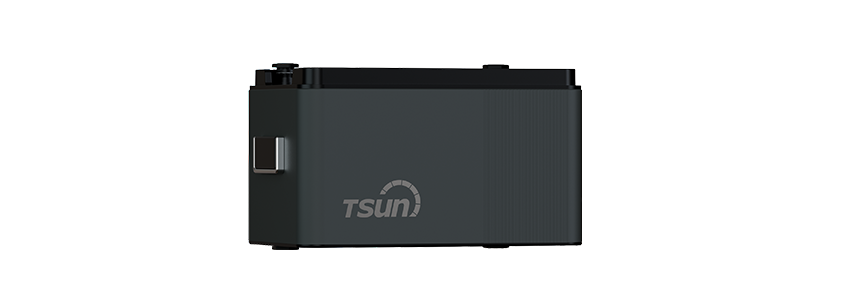
Technical Specifications and Performance Benchmarks of Advanced DC Coupled Units
The superior performance of a DC Coupled Unit is rooted in its meticulously engineered technical specifications, which are designed to deliver unparalleled efficiency and reliability in diverse operational contexts. Key parameters include its conversion efficiency, typically exceeding 98% for power electronics, significantly reducing energy losses compared to multi-stage conversion systems. The integrated Maximum Power Point Tracking (MPPT) algorithms boast an accuracy of over 99.5%, ensuring optimal energy harvesting from solar arrays even under varying irradiance conditions. Voltage regulation capabilities are critical, maintaining stable DC bus voltages within ±1% deviation, essential for sensitive industrial equipment. Furthermore, these units often feature a wide operating temperature range, from -20°C to +60°C, achieved through advanced thermal management systems, including forced-air cooling and robust heat sinks, making them suitable for deployment in extreme climates. Safety features are paramount, incorporating multi-level protections such as over-voltage, under-voltage, over-current, short-circuit, and over-temperature safeguards, all designed to meet international safety standards like IEC 62109 and UL 1741. Communication protocols, including Modbus TCP/IP and CAN bus, enable seamless integration with existing Supervisory Control and Data Acquisition (SCADA) systems and Building Management Systems (BMS), providing real-time data for monitoring and control. The inherent modular design supports scalable power outputs, ranging from tens of kilowatts for commercial applications to several megawatts for utility-scale projects, with rapid response times to load changes, typically within milliseconds, ensuring grid stability. The power factor correction (PFC) circuitry minimizes reactive power, further enhancing system efficiency and reducing utility costs.
Typical DC Coupled Unit Specifications (Illustrative)
| Parameter |
Value/Range |
Description |
| Rated Power Output |
50 kW - 5 MW (Scalable) |
Continuous power delivery capability. |
| System Efficiency (Peak) |
> 98.5% |
Overall DC-to-DC conversion efficiency. |
| MPPT Efficiency |
> 99.5% |
Effectiveness in harvesting solar energy. |
| DC Input Voltage Range |
200V - 1500V DC |
Compatibility with various PV array configurations. |
| Operating Temperature |
-20°C to +60°C |
Environmental resilience. |
| Enclosure Rating |
IP65 / NEMA 4X |
Protection against dust and water ingress. |
| Communication Protocols |
Modbus TCP/IP, CAN, RS485 |
Integration with monitoring systems. |
| Expected Lifespan |
> 15 Years |
Design life of the core components. |
Versatile Applications and Real-World Success of DC Coupled Units
The adaptability of the DC Coupled Unit extends across a myriad of industrial and commercial applications, offering tailored solutions that address specific energy challenges. In the petrochemical industry, where stable and uninterruptible power is crucial for continuous operations and safety, DC coupled systems provide robust backup power, seamlessly integrating with existing distributed control systems (DCS) to manage sudden grid fluctuations or outages, thereby preventing costly downtime and ensuring process integrity. For the metallurgy sector, which is characterized by high energy consumption, these units facilitate the integration of large-scale solar arrays with battery energy storage systems (BESS) to optimize peak load shaving, reducing demand charges and enhancing energy independence. A notable application case involved a large steel mill that deployed a 2MW DC Coupled Unit, reducing its peak energy consumption by 15% and saving approximately $300,000 annually in electricity costs. In remote mining operations, where grid access is limited, the units serve as the backbone for microgrids, combining solar PV with diesel generators to create resilient, self-sufficient power supplies, significantly cutting fuel transport costs and carbon emissions. Furthermore, in the water supply and drainage industries, DC coupled solutions power critical pumping stations and water treatment facilities, ensuring continuous operation even in off-grid or unreliable grid scenarios, crucial for public health and infrastructure resilience. Client feedback consistently highlights the systems' user-friendly interfaces, minimal maintenance requirements, and the responsive technical support that ensures optimal operational performance. The seamless integration capabilities and the significant return on investment through reduced energy costs and improved operational resilience make these units indispensable for modern industrial infrastructure.
Navigating the Competitive Landscape: Manufacturer Comparison and Tailored Solutions
The market for DC Coupled Unit solutions is dynamic, featuring a range of manufacturers, each with distinct offerings in terms of scale, features, and target applications. While some manufacturers may specialize in residential or small commercial solutions, a truly professional B2B provider differentiates itself through robust industrial-grade products, comprehensive engineering support, and extensive customization capabilities. For instance, a comparison might reveal differences in maximum input voltage, which impacts system scalability for large PV arrays, or the sophistication of embedded energy management systems, which dictates the level of grid interaction and optimization possible. Critical considerations for B2B clients extend beyond mere product specifications to encompass the manufacturer's proven track record, service longevity, and adherence to international certifications like IEC 62446 for grid-connected PV systems. Our commitment to delivering bespoke energy solutions means engaging deeply with clients to understand their unique operational requirements, site constraints, and future growth projections. This collaborative approach allows for the design of a custom DC Coupled Unit configuration that integrates seamlessly with existing infrastructure, whether it involves specific battery chemistries, tailored communication protocols, or specialized environmental hardening for extreme conditions. For example, a client requiring continuous power for a remote data center in a desert climate would necessitate a unit with enhanced cooling systems and superior ingress protection (e.g., IP66), features that may not be standard in off-the-shelf solutions. This focus on customized engineering ensures that the deployed system not only meets immediate power demands but also optimizes long-term performance, minimizes total cost of ownership, and provides a scalable framework for future energy needs.
Key Differentiators in DC Coupled Unit Offerings (Illustrative Comparison)
| Feature/Attribute |
Leading Industrial Provider (e.g., TSUN ESS) |
Standard Commercial Provider |
| Scalability (Max Power) |
Up to 5 MW+ |
Typically
|
| Customization Level |
Full system design, bespoke features |
Limited, mostly configuration options |
| Industry Certifications |
IEC, UL, CE, ISO 9001, ISO 14001 |
Basic CE, sometimes limited UL |
| Thermal Management |
Advanced liquid/forced-air cooling |
Passive air cooling |
| Remote Monitoring & Control |
Comprehensive SCADA/BMS integration |
Basic web portal/app |
| Warranty & Support |
Extended warranties, 24/7 technical support |
Standard limited warranty, business hours support |
Ensuring Operational Continuity: FAQs, Delivery, and Warranty Commitments
Investing in a DC Coupled Unit represents a significant decision for any industrial or commercial enterprise, and ensuring long-term reliability and support is paramount. Our commitment extends beyond product delivery to comprehensive post-sales service, guaranteeing optimal system performance throughout its lifecycle. Common inquiries often revolve around integration complexity: clients frequently ask about compatibility with existing grid infrastructure or specific battery chemistries. Our engineering teams provide detailed technical consultations to address these concerns, offering comprehensive integration guides and on-site support if required. Another frequent question pertains to system maintenance; these units are designed for minimal maintenance, leveraging robust components and advanced self-diagnostic capabilities, requiring only periodic visual inspections and software updates. In terms of delivery, our streamlined logistics chain ensures efficient and timely dispatch of units. Standard delivery times for modular units typically range from 4-6 weeks, while highly customized systems may require 8-12 weeks, depending on the complexity and material sourcing. Each project is assigned a dedicated project manager who provides transparent updates on manufacturing progress and shipping schedules. Our product warranty reflects our confidence in the unit's durability and performance, typically covering core components for 5-10 years and extendable for critical applications. This warranty encompasses manufacturing defects and significant performance deviations, with rapid response times for technical assistance and replacement parts. Furthermore, dedicated customer support channels, including a 24/7 technical hotline and online support portals, ensure that expert assistance is always available, minimizing any potential operational disruptions. This comprehensive support framework underpins the trustworthiness of our solutions, providing clients with peace of mind.
Frequently Asked Questions (FAQs)
-
Q: How does a DC Coupled Unit optimize energy efficiency compared to AC coupled systems?
A: By connecting solar PV directly to battery storage via a common DC bus, DC coupled systems eliminate the need for multiple DC-AC and AC-DC conversions, drastically reducing energy losses and improving overall round-trip efficiency by up to 10-15%.
-
Q: What industries benefit most from this technology?
A: Industries requiring high energy reliability and efficiency, such as petrochemicals, metallurgy, mining, telecommunications, data centers, and critical infrastructure, significantly benefit from the superior performance and resilience of DC Coupled Units.
-
Q: Is the system compatible with different battery types?
A: Yes, our DC Coupled Units are designed with advanced battery management system (BMS) interfaces, ensuring compatibility with a wide range of battery chemistries, including Lithium-ion (LiFePO4, NMC), Lead-acid, and Flow batteries, allowing for flexible energy storage solutions.
Future Outlook and Commitment to Sustainable Energy Solutions
As the demand for cleaner, more reliable, and decentralized energy solutions continues to grow globally, the DC Coupled Unit stands at the forefront of this evolution, poised to play an even more critical role in the energy infrastructure of the future. Our ongoing research and development initiatives are focused on enhancing the integration capabilities of these units, exploring advancements in artificial intelligence for predictive maintenance and energy forecasting, and further improving power density to reduce physical footprint. The convergence of renewable energy, advanced battery storage, and smart grid technologies underscores the increasing sophistication required for modern energy management. We are committed to pushing the boundaries of what is possible, ensuring that our DC coupled solutions remain at the cutting edge of innovation, delivering sustainable and economically viable energy independence for our B2B partners worldwide. This commitment is reflected in our continuous investment in materials science, power electronics, and software development, always with an eye towards optimizing performance, reducing environmental impact, and maximizing the return on investment for our clients. The trajectory of global energy policy, favoring decarbonization and energy resilience, positions DC Coupled Unit technology as an essential building block for achieving these ambitious goals.
References
- International Electrotechnical Commission (IEC) Standards for Photovoltaic Systems and Inverters.
- IEEE Journal of Photovoltaics – Advancements in DC-Coupled Architectures for Hybrid Renewable Energy Systems.
- National Renewable Energy Laboratory (NREL) – Technical Reports on Energy Storage Integration and Efficiency.
- Renewable and Sustainable Energy Reviews – Comparative Analysis of AC and DC Coupled PV-Battery Systems.
 LEARN DETAILS
LEARN DETAILS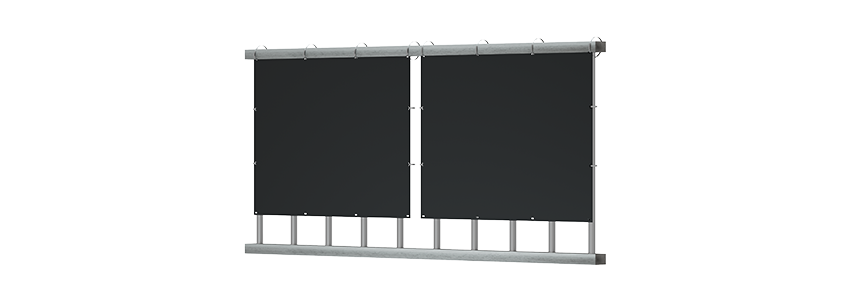
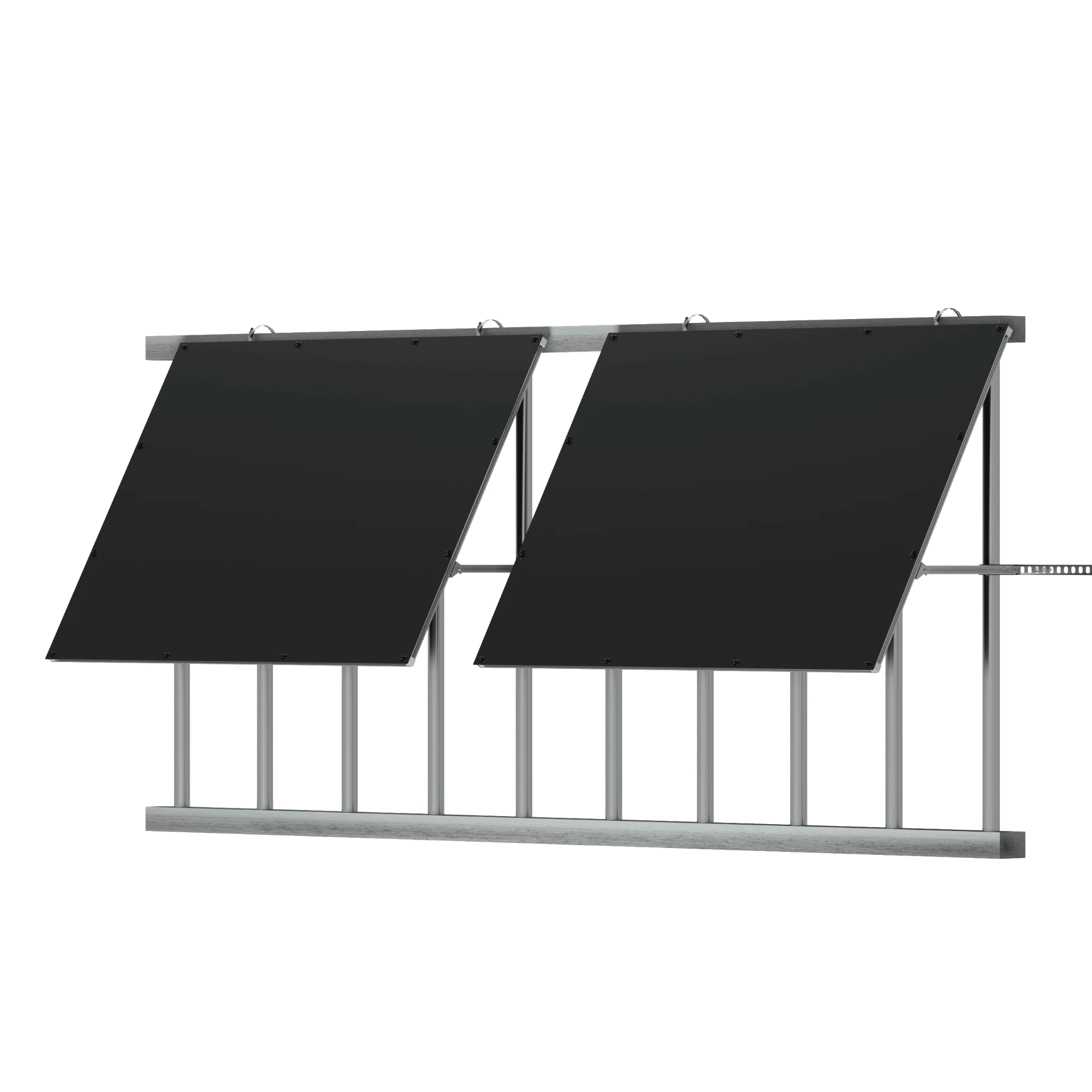

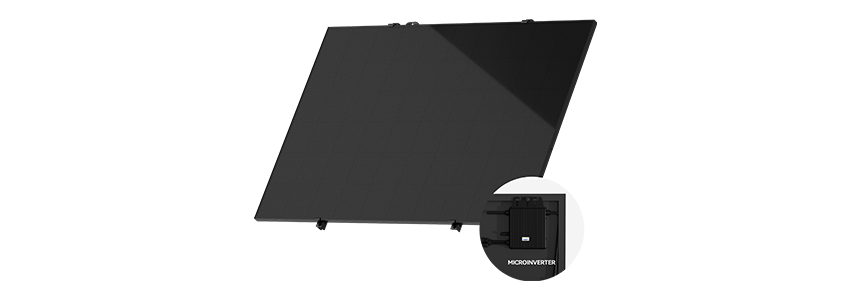
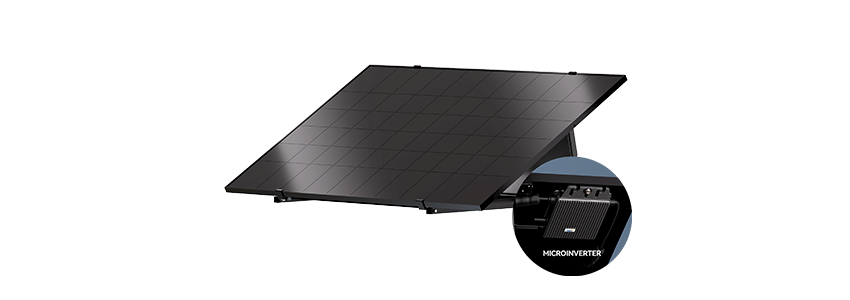
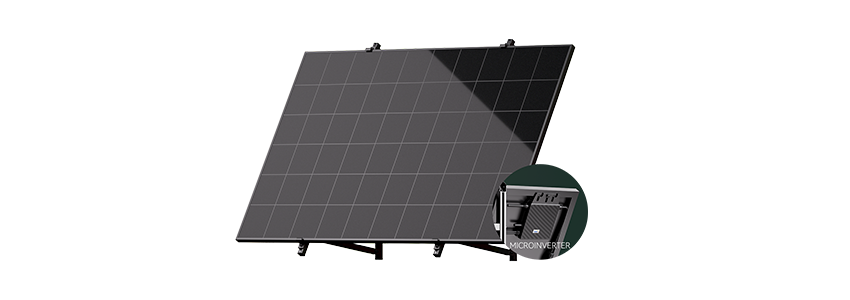

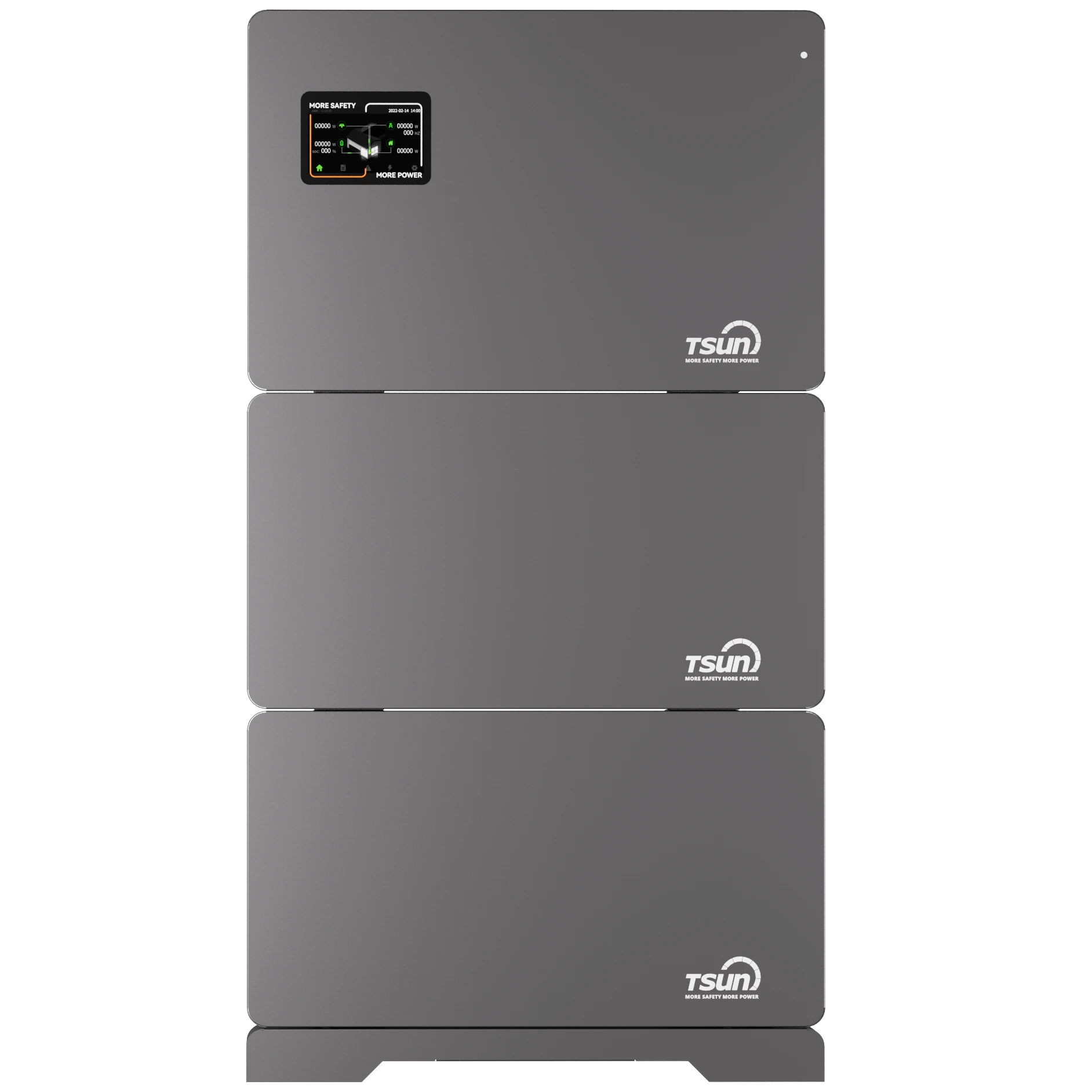




 LEARN DETAILS
LEARN DETAILS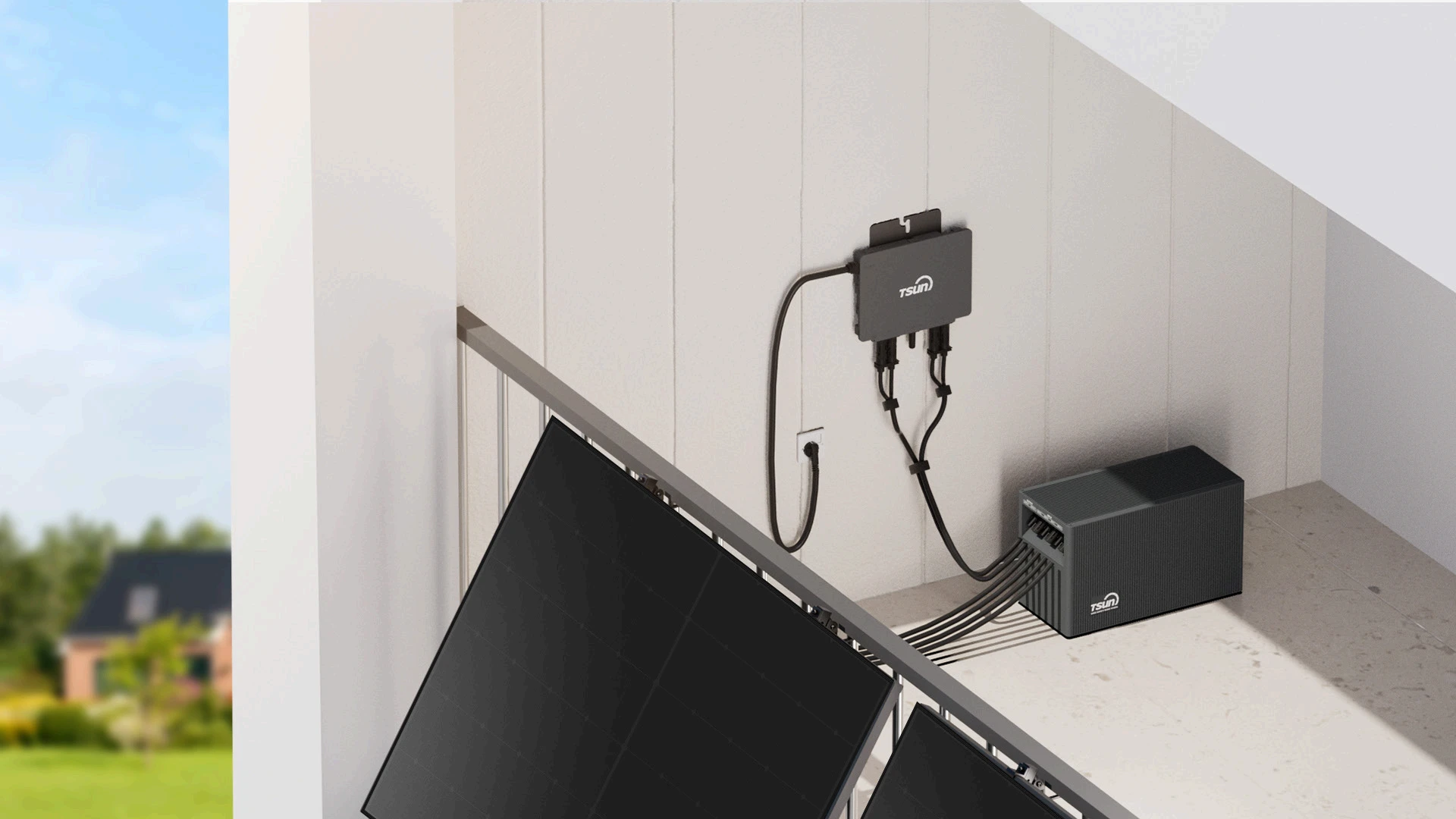
 LEARN DETAILS
LEARN DETAILS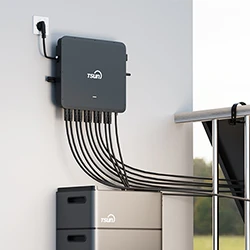
 LEARN DETAILS
LEARN DETAILS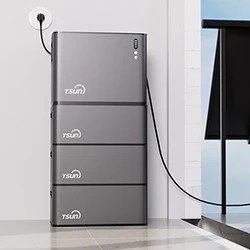
 LEARN DETAILS
LEARN DETAILS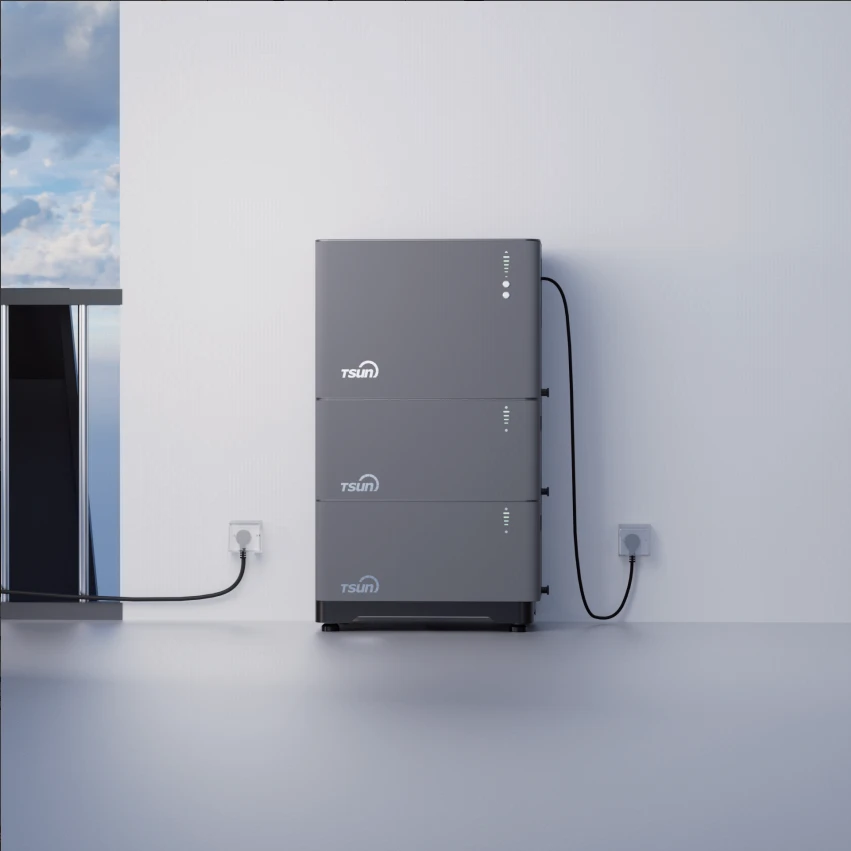
 LEARN DETAILS
LEARN DETAILS

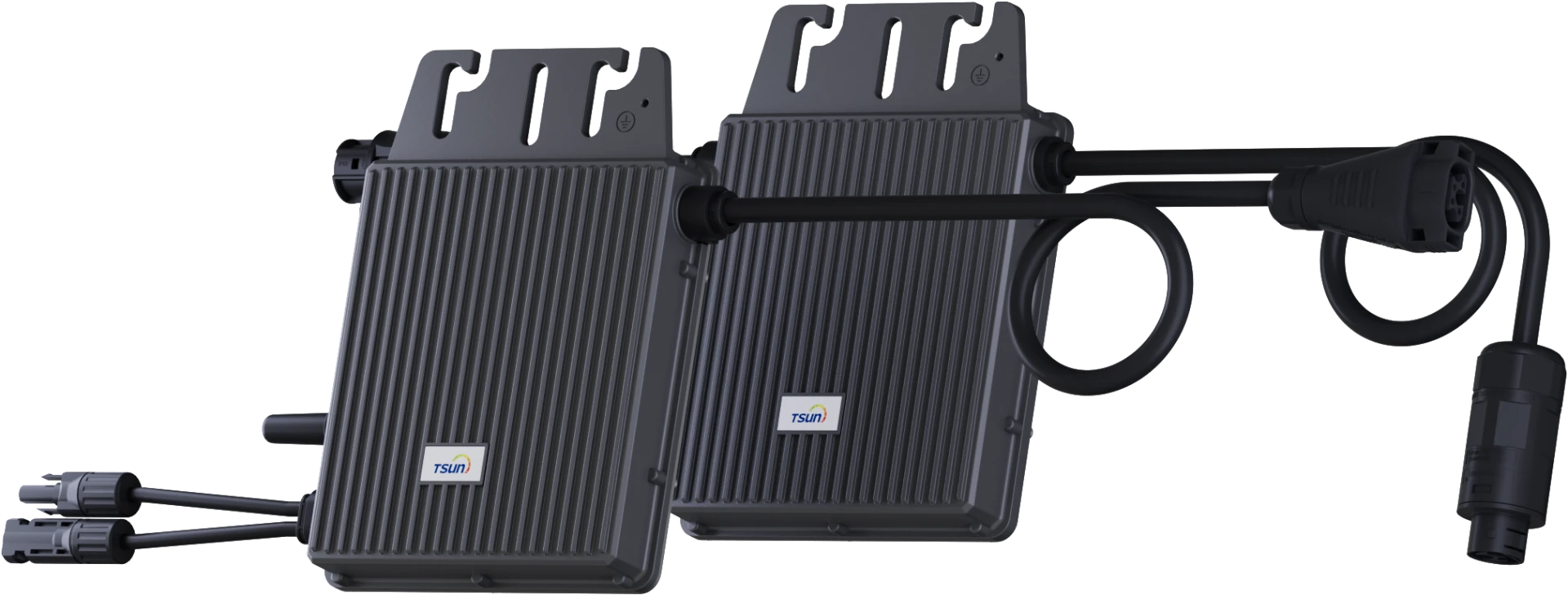
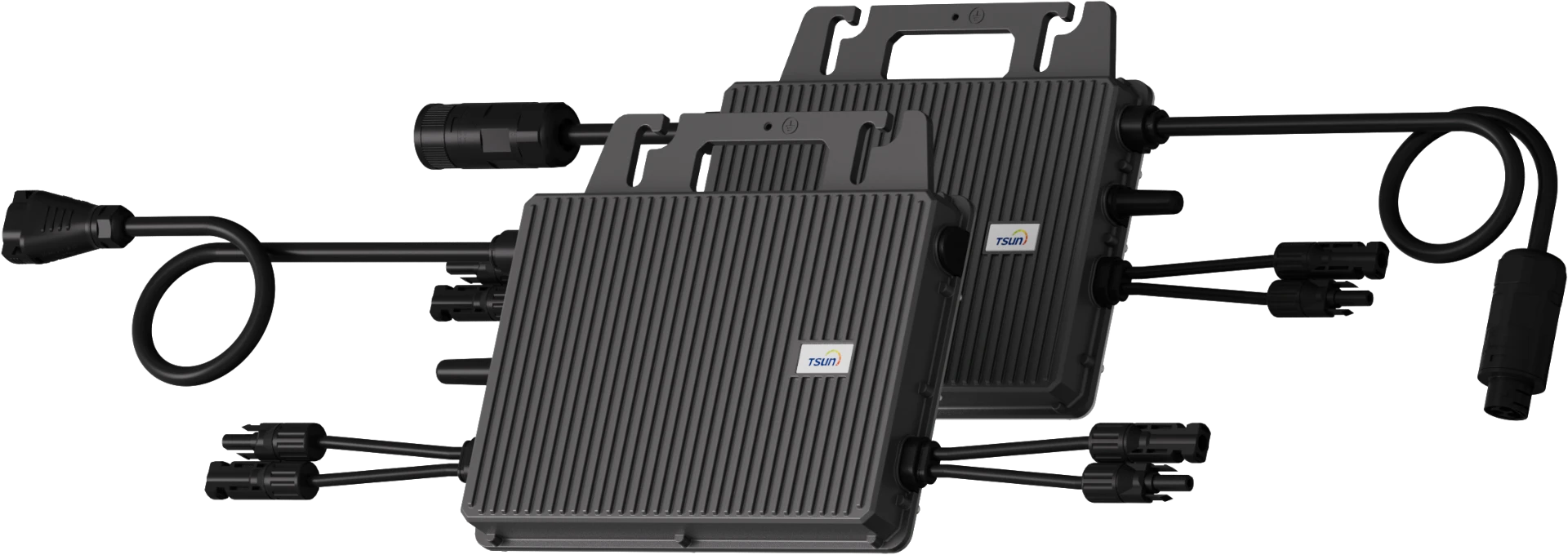
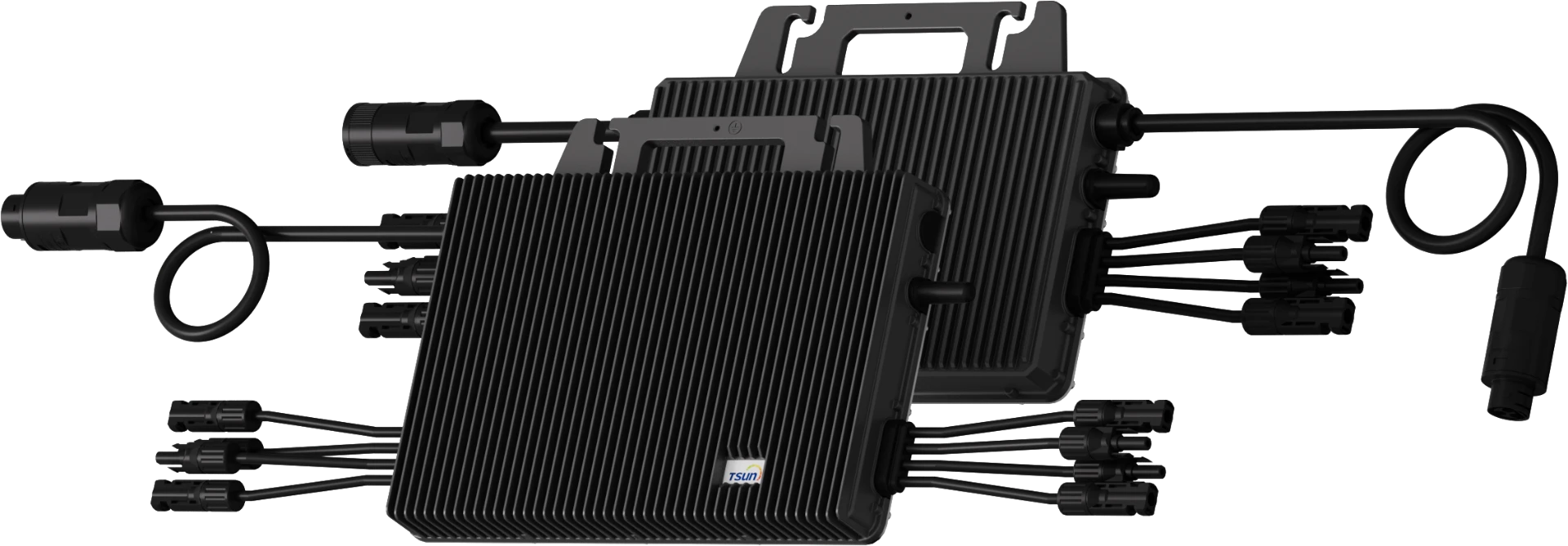
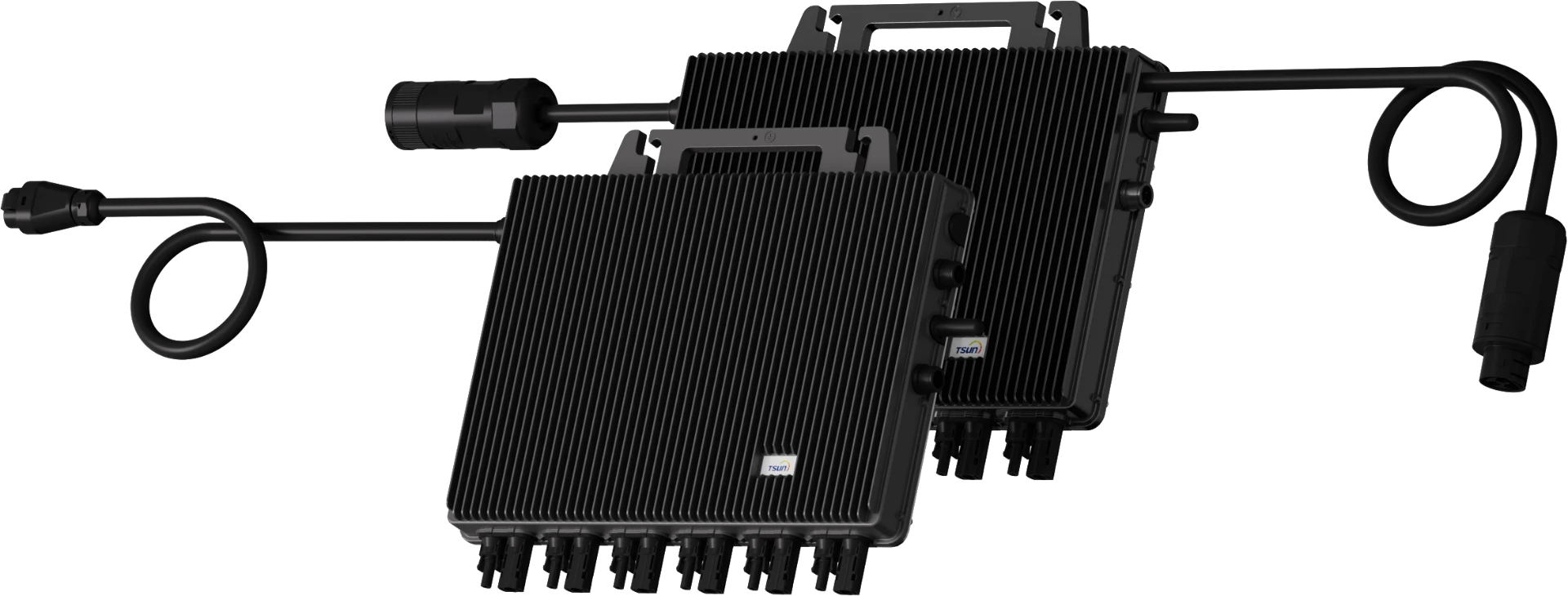
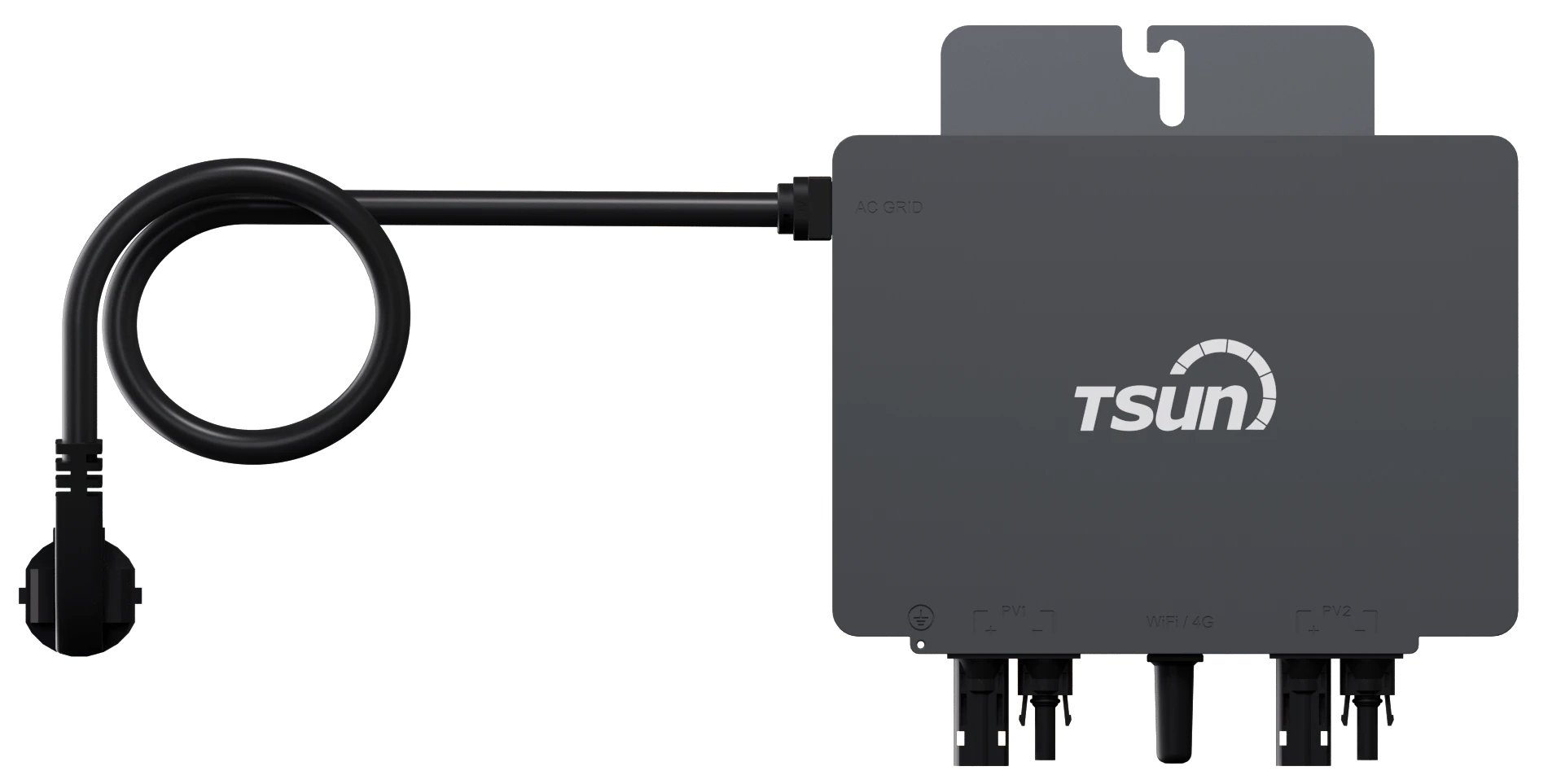
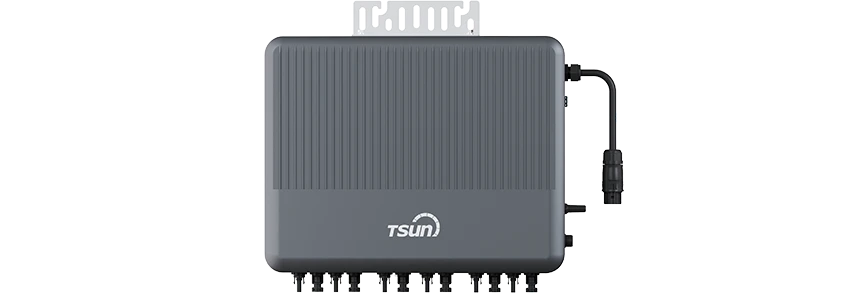
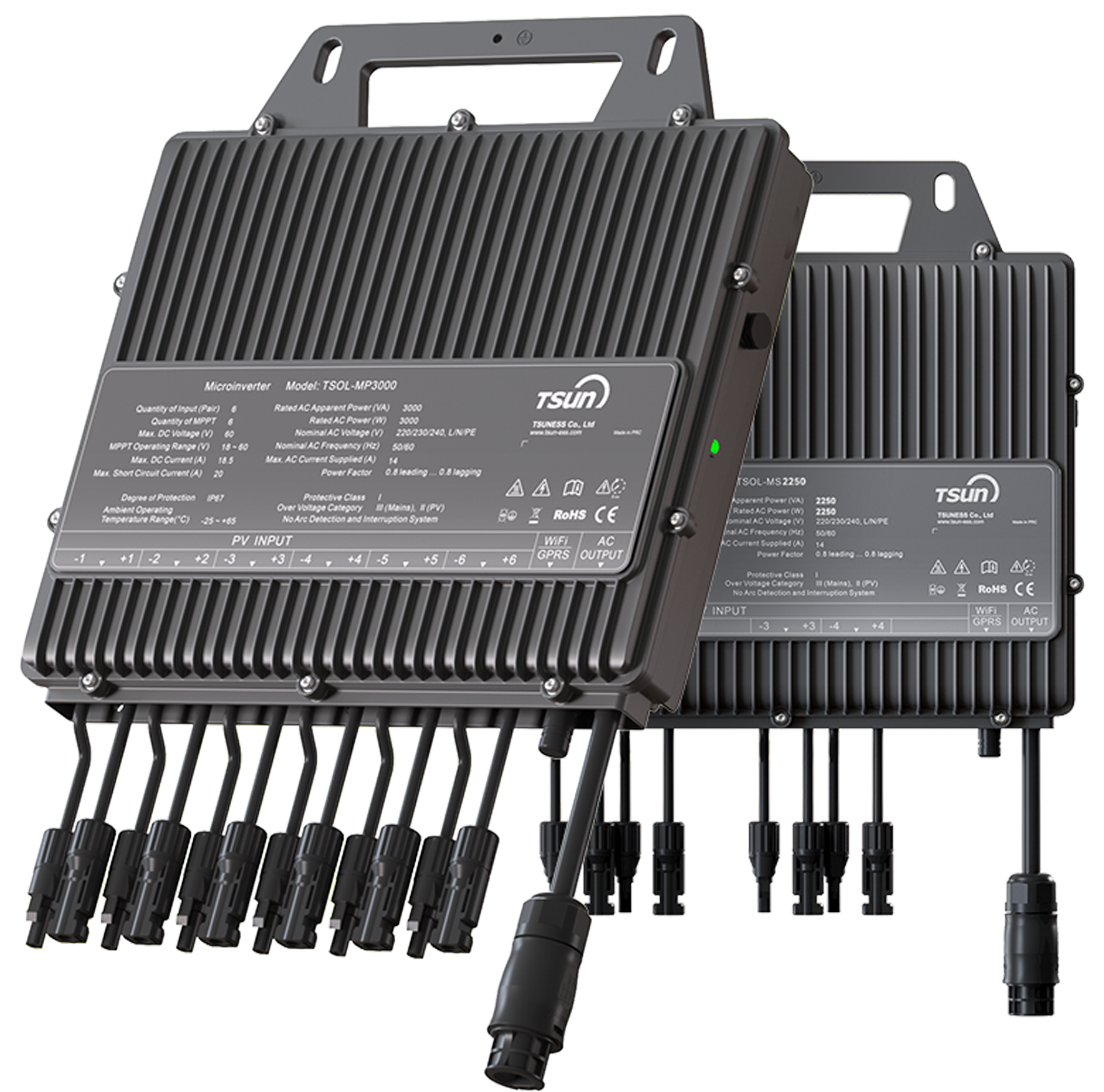
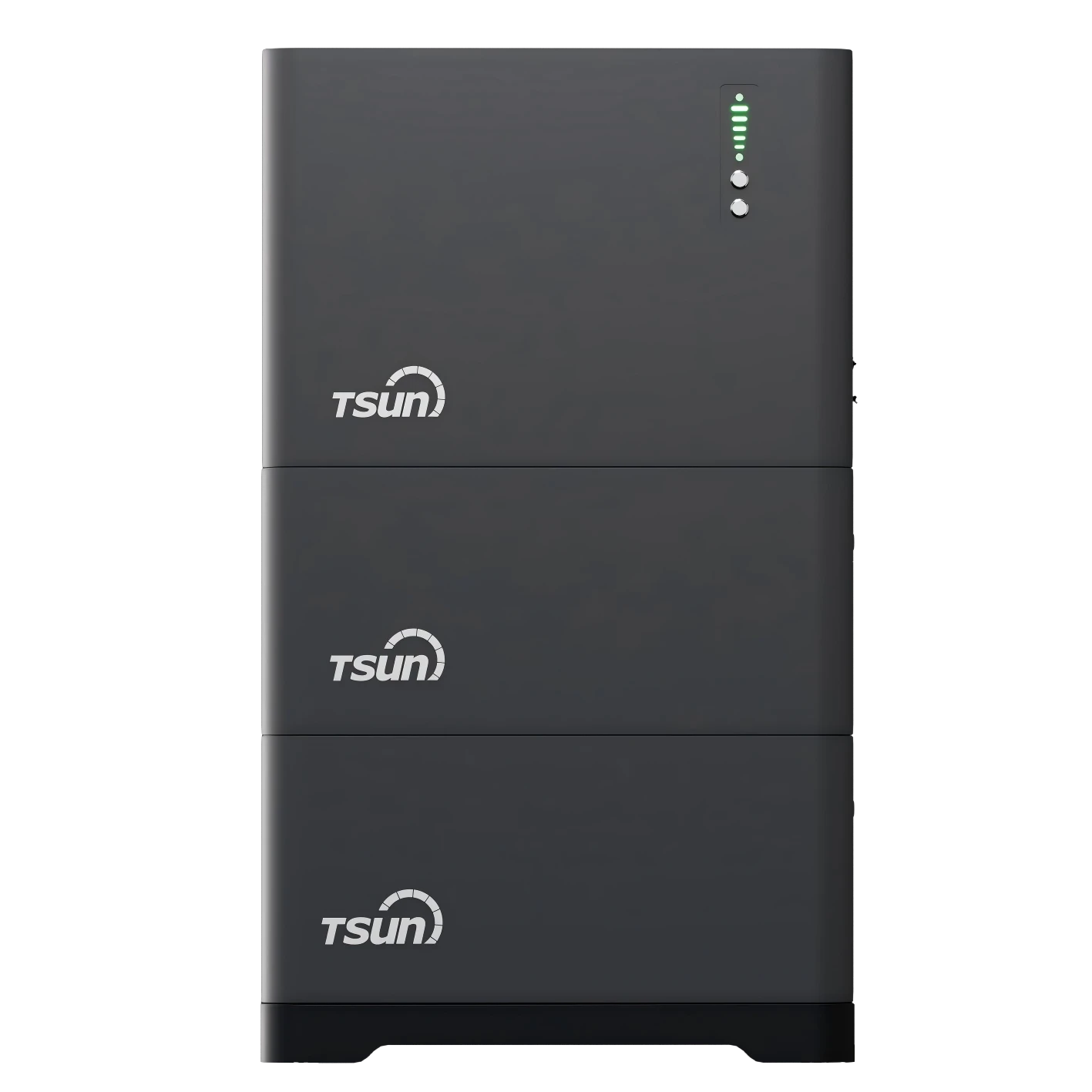
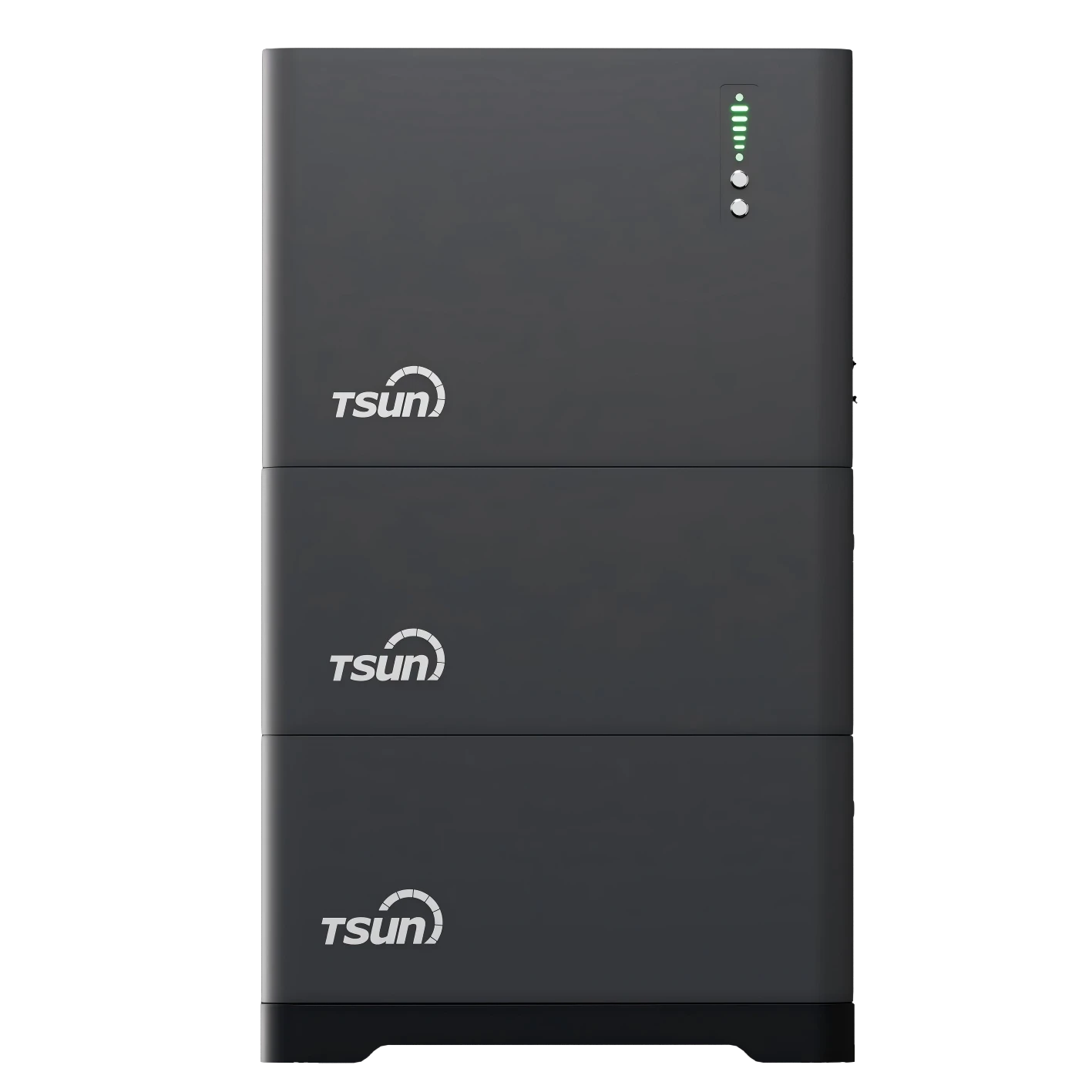
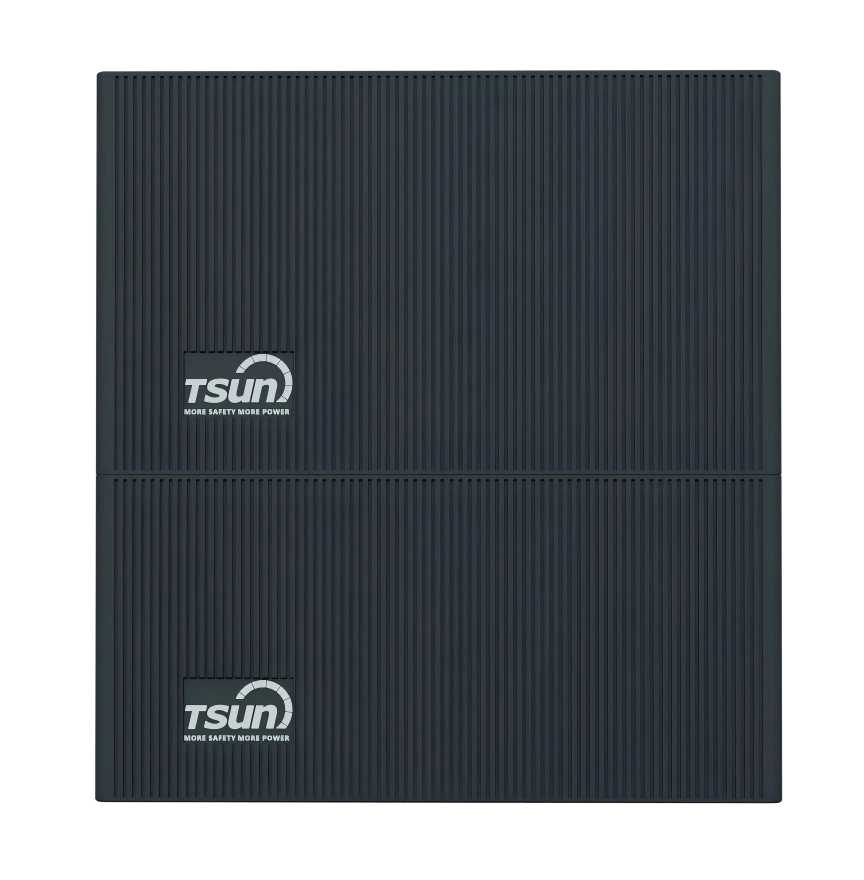

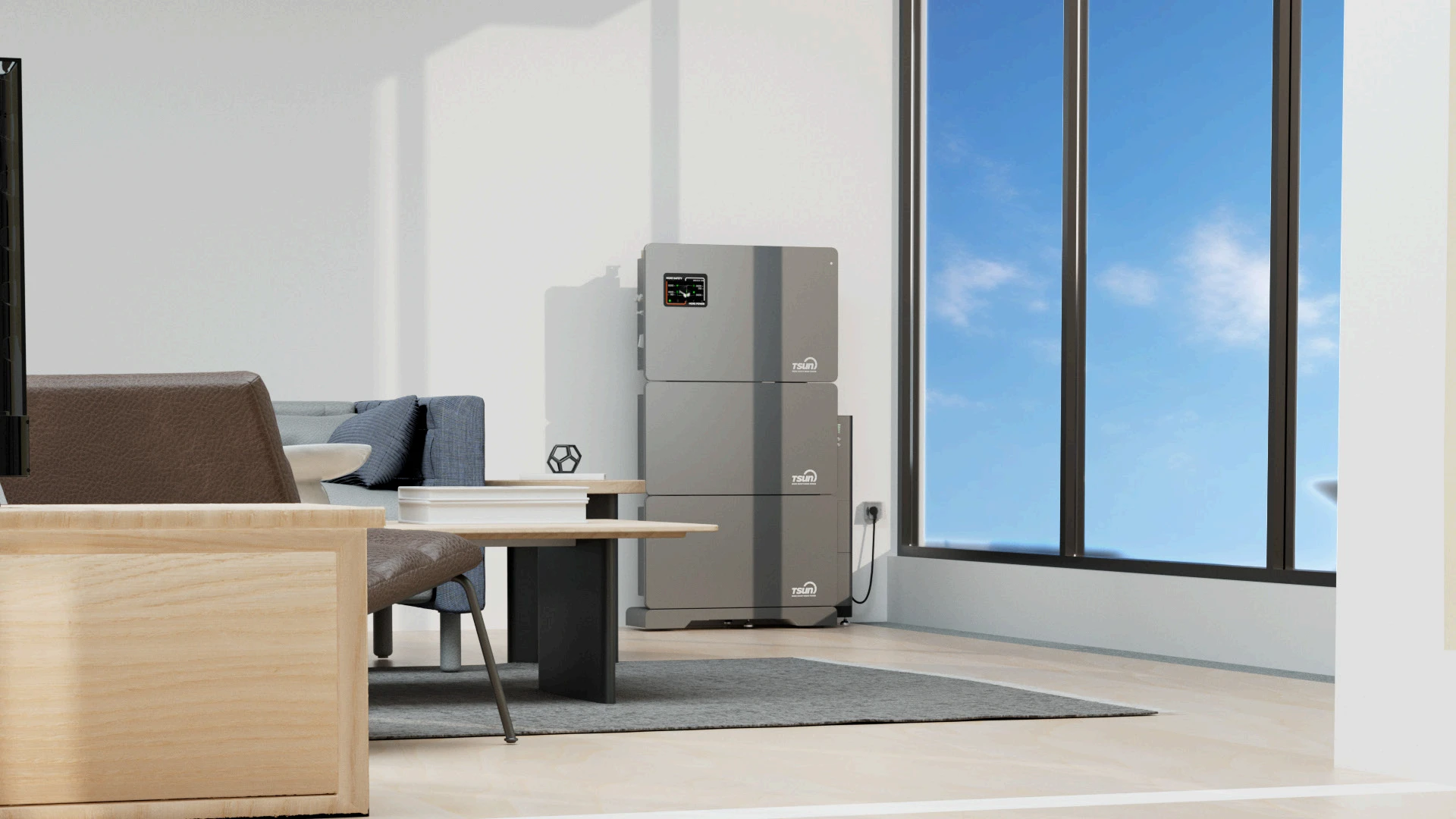
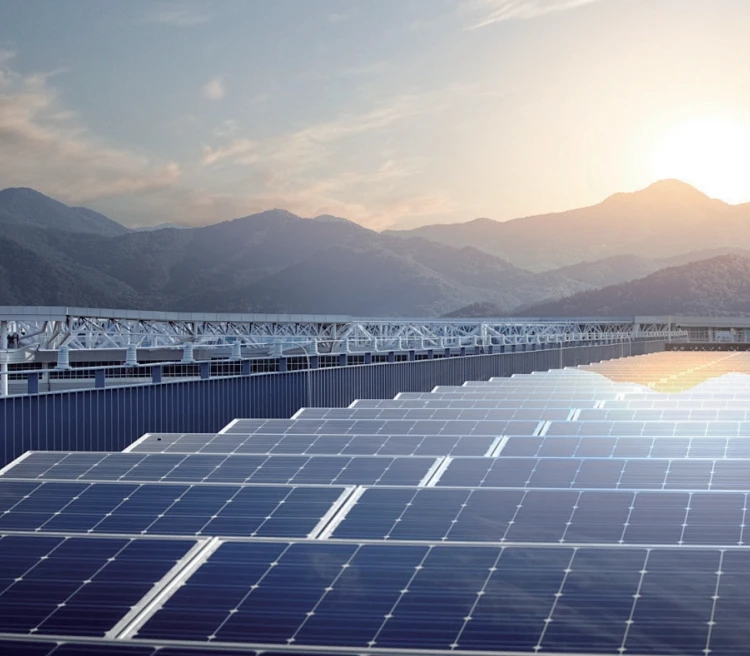
 Downloads
Downloads Video Center
Video Center Report Fault for Repair
Report Fault for Repair FAQS
FAQS Service Network
Service Network Privacy Policy
Privacy Policy Contact us
Contact us Monitoring
Monitoring



 LEARN MORE
LEARN MORE








